1049-foot asteroid 2017 QL33 rushing towards Earth; NASA clocks speed at a fiery 24853kmph
A horrendously large 1049-foot asteroid named 2017 QL33 is approaching Earth today at a fiery 24853 kmph. Here is all that NASA informs about asteroid 2017 QL33.
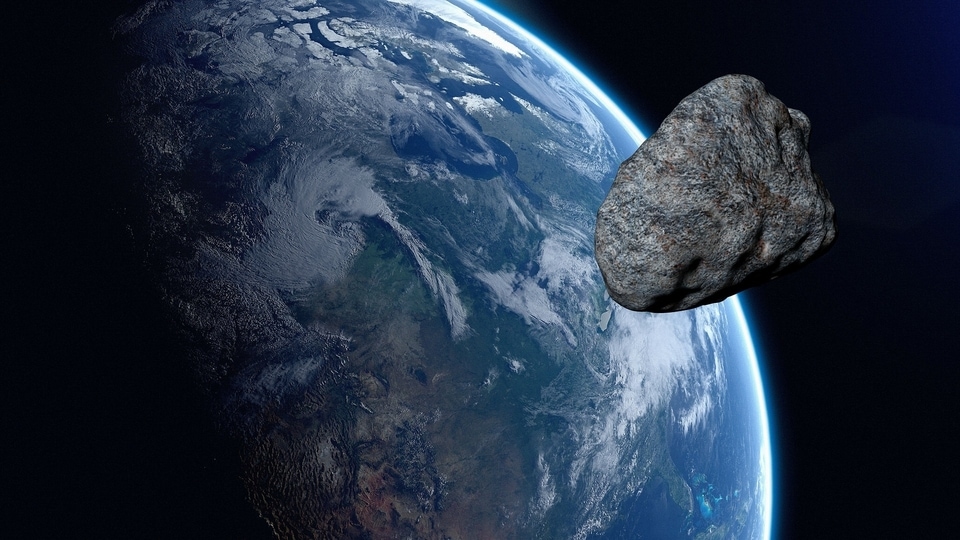
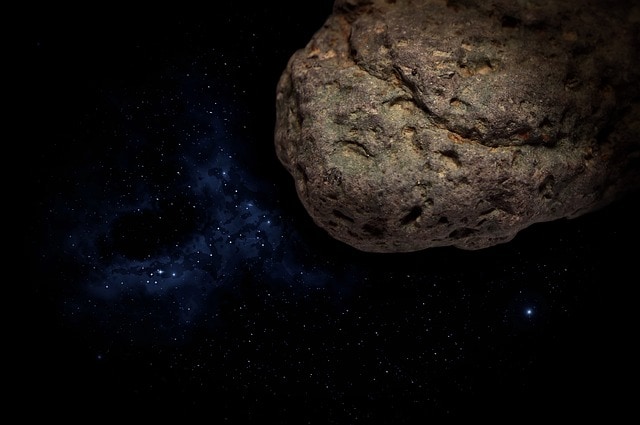
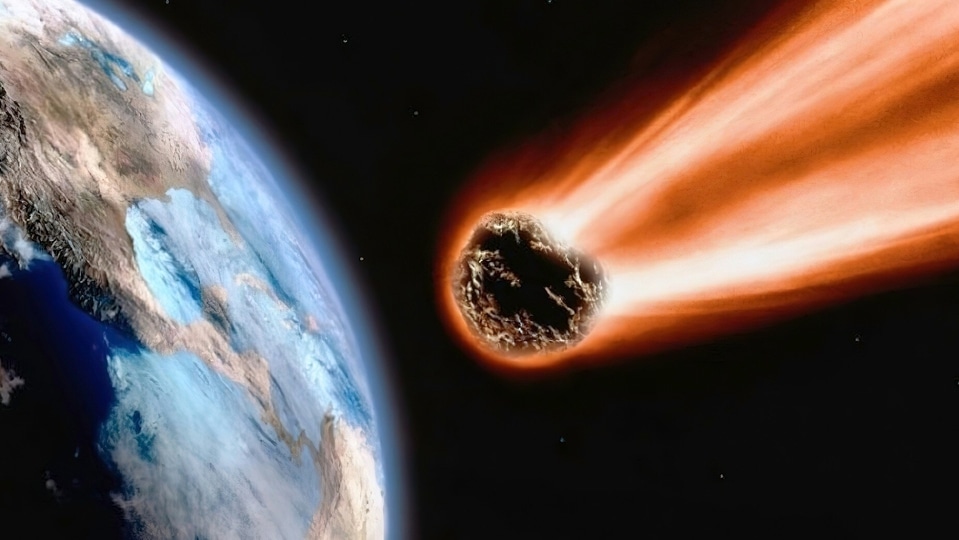
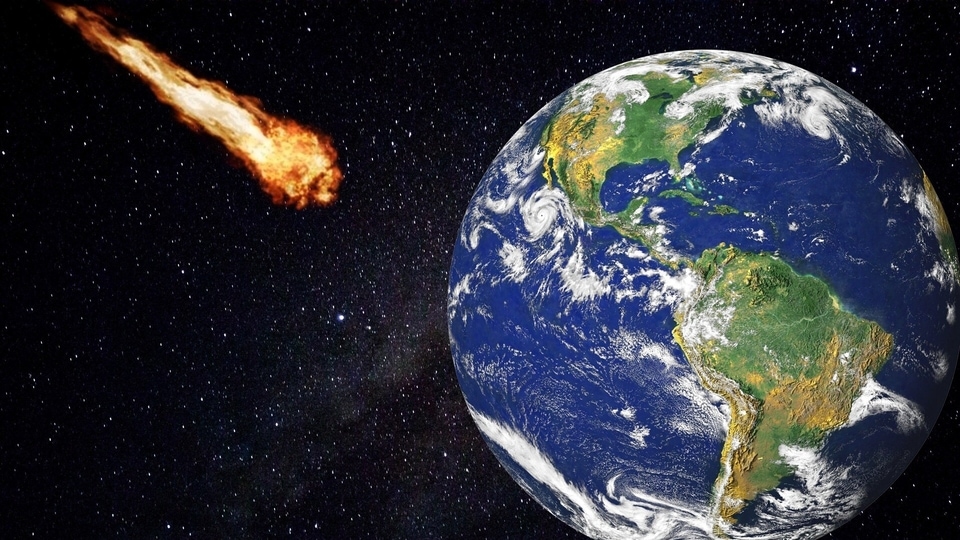
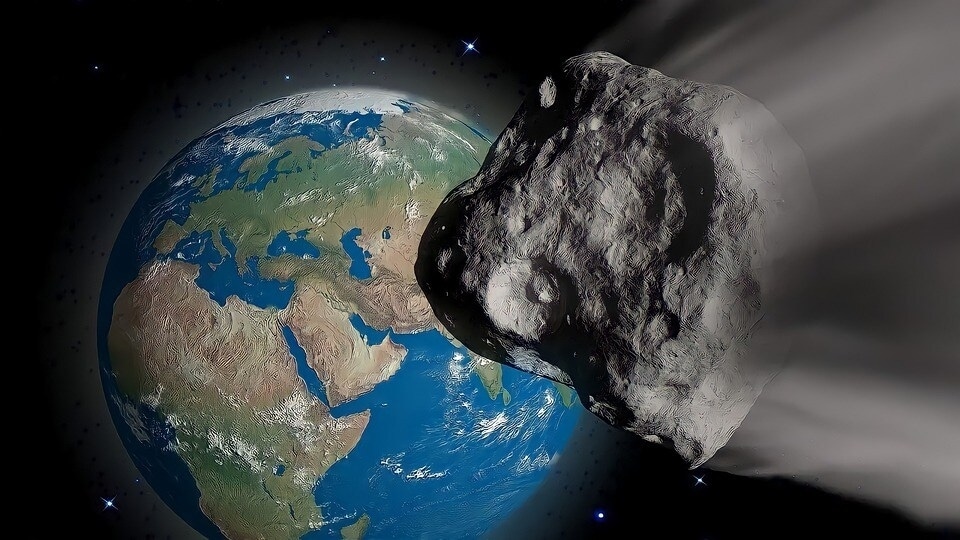
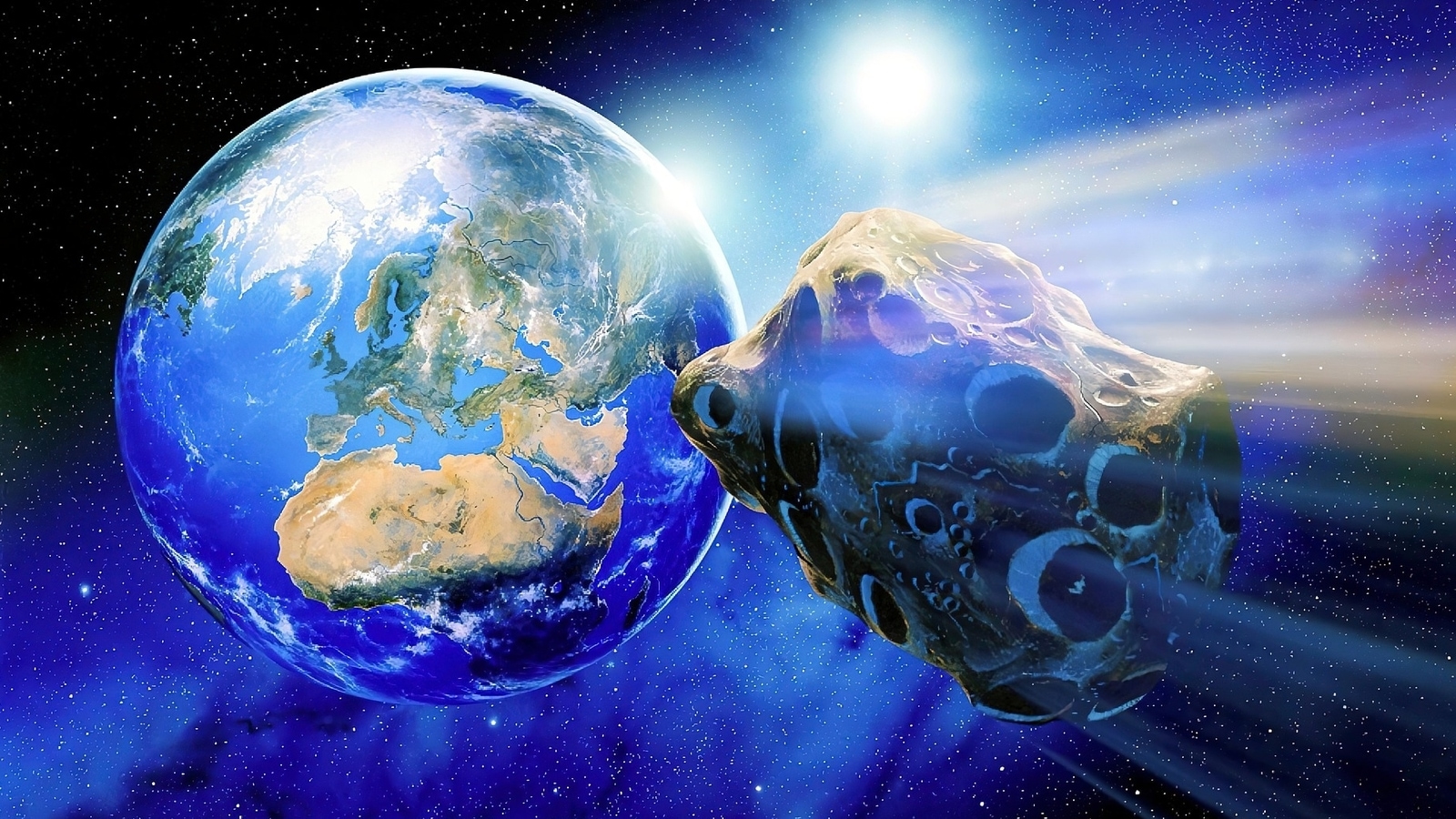
 View all Images
View all ImagesThere are several near-Earth objects (NEO) ranging from humongous to small circulating in space. One of these that can prove to be dangerous for planet Earth are asteroids. Though not all the asteroids pose a threat to the planet, it is important for us to track them in order to find the ones that may be on a collision course with Earth- as happened with a small one just a few days ago. You can read the story here. Every day, NASA releases a list of asteroids that are nearing Earth. It also informs about their size, speed and chances of any of them posing a threat to humanity and the planet as a whole.
According to the latest details, a giant asteroid ranging between 459-foot to 1049-foot (140m-320m in diameter) named 2017 QL33 will be reaching very close to our planet Earth today, Saturday, December 3. Can the asteroid be dangerous for the planet? If this huge asteroid strikes or crashes on Earth, it could be very destructive for a huge part of the region it impacts. Not only that, the effects of the crash can be felt on other parts of the globe too.
However, here is some good news, the asteroid 2017 QL33 will simply pass by the planet, without having any impact. According to the information provided by Jet Propulsion Laboratory (JPL), it will come as close as 6136227 kilometres to Earth. The asteroid is also moving at an astonishing speed of 24853 kilometer per hour.
Also, though the asteroid will simply pass by the planet, the only thing that needs to be constantly checked is that the asteroid keeps on travelling in the same trajectory. If it changes direction due to some reason like Earth's gravitational pull, it can pose a threat to the planet.
Wondering how NASA keeps an eye on these asteroids and tracks their movement? It can be known that there are several Earth and Sky-based technologies like telescopes, satellites, and more deployed by NASA in space which helps the research organisation to keep an eye on these near-Earth objects.
Catch all the Latest Tech News, Mobile News, Laptop News, Gaming news, Wearables News , How To News, also keep up with us on Whatsapp channel,Twitter, Facebook, Google News, and Instagram. For our latest videos, subscribe to our YouTube channel.




























